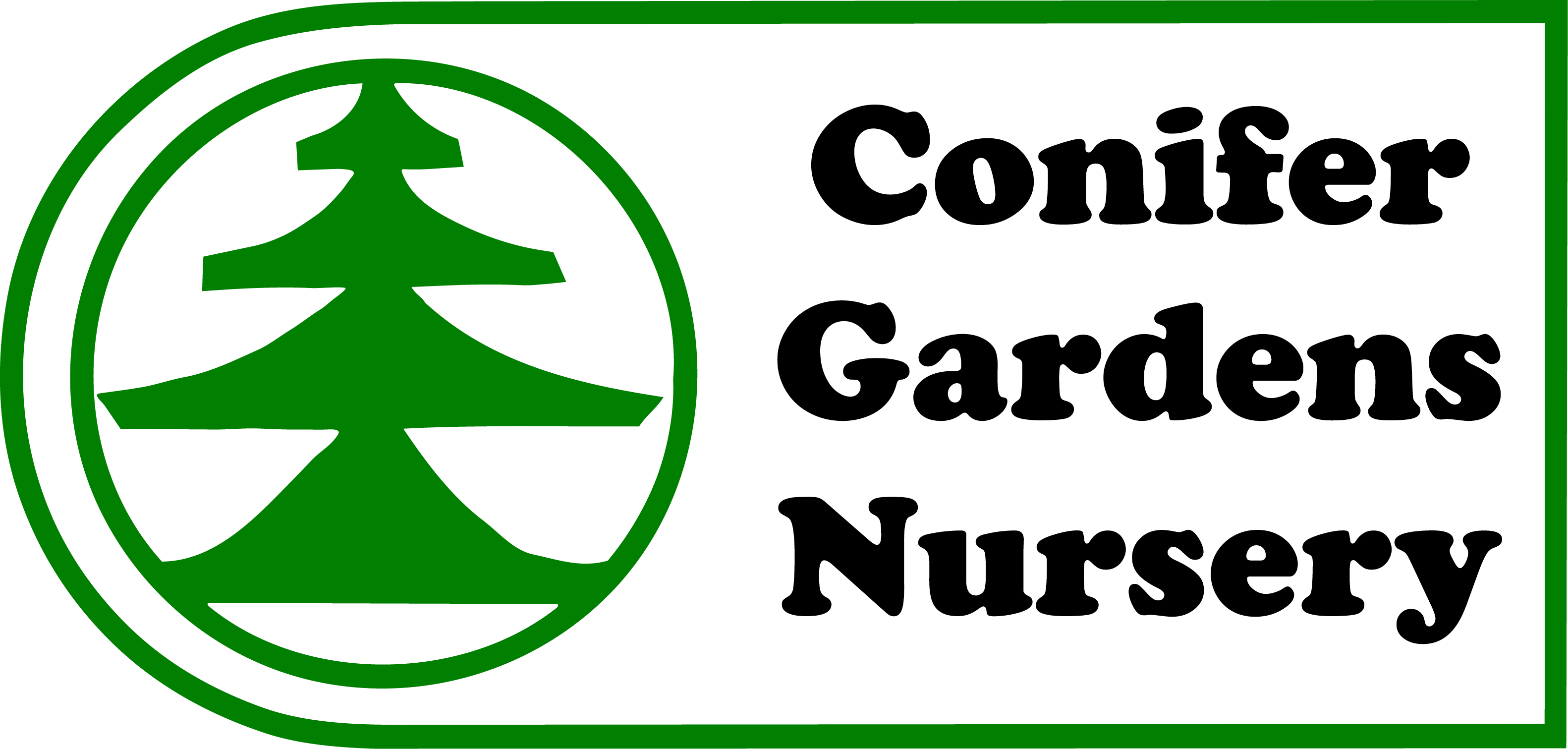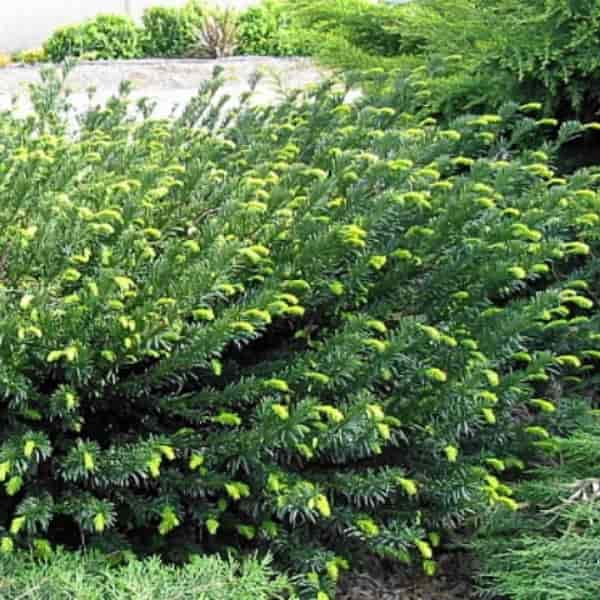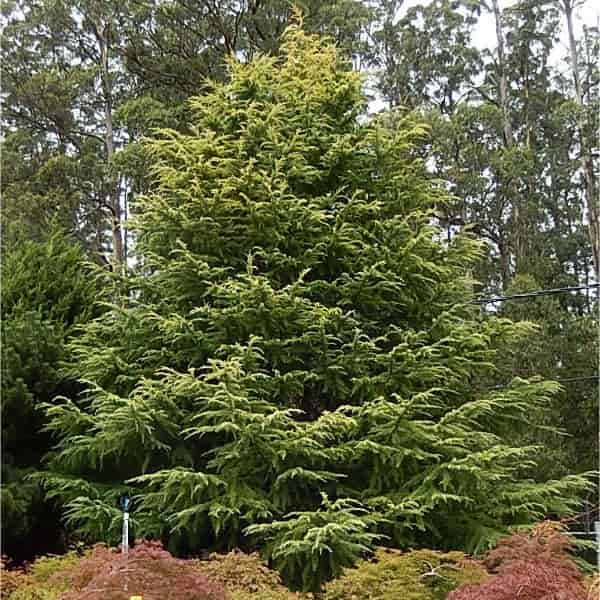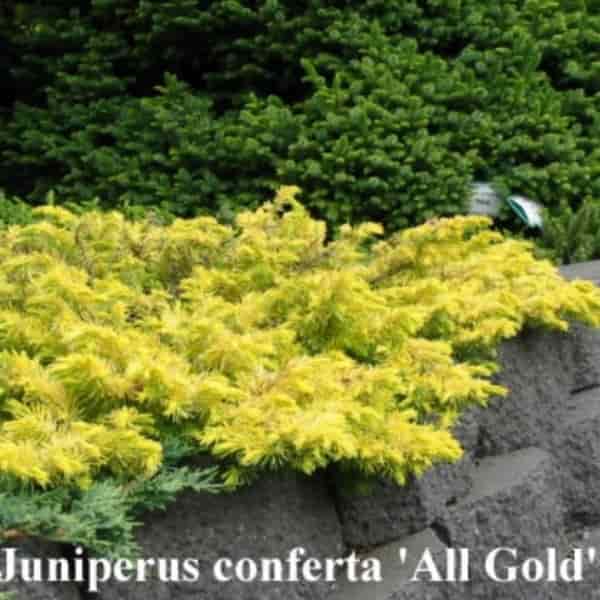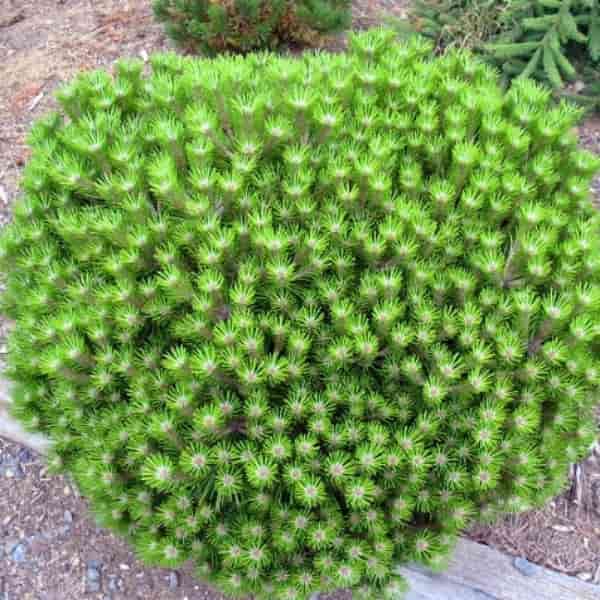Conifer FAQ
How should I prepare the soil for planting?
All soil types will benefit from the addition of humus to the soil. This can be in the form of compost, peat, old animal manure or leaf mould. Annual weeds can be turned into the soil and allowed to decompose, but perennial weeds (e.g.: couch grass, sorrel) must be completely removed. They can be dug out, but all roots must be removed to prevent re-infestation. Spraying with "Slasher" or glyphosate (e.g. Roundup, Zero) is an alternative, taking care that nearby plants to do receive spray drift. The soil should be forked over to incorporate the humus. Clay breaker such as gypsum can also be forked through heavy clay soils.
How large does the planting holes need to be?
The hole does not need to be a great deal larger than the plant’s existing root ball, but the surrounding soil at both the bottom and sides of the hole must be forked over to allow easy root penetration.
How do I plant in clay soils?
Under no circumstances should a large hole be dug into clay soils and filled with potting mix. This will create a sump which can fill with water and drown the plant. Humus and clay breaker can be forked through the soil to a depth of 30cm or so. If the plant’s root ball is too large to plant into this dug-over soil, it is better to mound-plant rather than dig into the hard clay base. This involves planting into the loose soil and then mounding extra soil over the root ball that is above the soil. When planting on a slope, take care that the water can escape form the hole at the lowest point.
Will conifer grow in sandy soil?
Conifers do well in sandy soil as they will not suffer from wet feet. It is a good idea to enrich the soil with organic matter (e.g. compost, leaf mulch) prior to planting. As sandy soils do not hold moisture as well as clay soils, they will need more water. An agricultural pipe placed vertically in the soil at planting will enable water to be delivered deep into the soil, thus encouraging the roots to grow down and not remain on the surface where they are more likely to dry out. A saucer shaped depression around the root perimeter will prevent water runoff.
Should conifers be mulched?
All plants benefit from being mulched. Mulch should always be placed on moist soil and needs to be loose enough to allow water to penetrate through to the soil. There are many types of mulches, such as pebbles, barks, straws, compost and leaf mulch. The last three all break down to enrich the soil, but need to be renewed each year. When using bark, if they have a smell of resin, take care not to place the bark too close to the foliage as some burning may occur. Generally mulch should not be thicker than 10cm in depth and not built up around the trunk.
Should I tease out the roots when I plant my conifers?
If the roots are just touching the edge of the pots, gently remove some of the potting mix and mix it with your soil. If the roots are tangled together, it is important to tease them out, trimming the roots if necessary. Always water well after planting.
Should I fertilize when planting?
If planting in winter when the plants are dormant, it is better to wait until spring before fertilizing. During the rest of the year, organic fertilizer can be mixed through the soil or you can top-dress with slow release fertilizer. Always ensure that the soil is moist before fertilizing and water well after applying the fertilizer. Watering the soil after planting with a root stimulant such as Seasol can be beneficial in establishing a good root system. A repeat application can be applied in a fortnight or so.
Should I stake newly plants conifers?
Unless you are in a very windy location, staking is usually not necessary. If you find your plants are blowing over, use three stakes and flexible ties (old stockings are good). Do not tie too tightly; the plants should be able to move slightly.
How much water do conifers require?
Although conifers are fairly tolerant of dry conditions, they should not be allowed to suffer during long dry periods. Newly planted plants should be watered regularly until established. This means not a daily sprinkling but a good soaking once or twice a week when rain is lacking.
Why is the internal foliage going yellow and dying?
It is normal for conifers to lose their internal foliage, and this often is more prominent in autumn. With some varieties, the foliage drops off, but some will hang on to this dead foliage. It is a good idea to clean out any build up of litter within the plants. If a thick amount of old foliage covers the soil (especially the pines), it is a good idea to scrape some of this away to allow water to reach the soil.
What is the best position for growing conifers?
Most conifers prefer an open sunny position, particularly those with a tight formal habit.
Are there any conifers that will grow in the shade?
The Cephalotaxus, Taxus (golden forms will become green), Thujopsis, Microbiota and Podocarpus will all do well in the shade. Also some of the Chamaecyparis lawsoniana, Chamaecyparis obtusa and Juniperus varieties can be suitable.
Why is the back of my conifer dead?
When conifers grow up against other objects such as solid fences or other shrubs the foliage in this section will die due to lack of light.
Which conifers are the toughest for dry conditions?
The Juniperus, Cupressus, Cupressocyparis, Cedrus, Thuja orientalis and Pinus varieties are the best. These are also best for coastal areas.
Do you have any Australian native conifers?
We have the following:
Araucaria bidwilli “Bunya Bunya”
Athrotaxis cupressoides “Tasmanian Pencil Pine” Athrotaxis laxifolia Athrotaxis selanginoides “King Billy Pine”
Lagarostrobus franklinii “Huon Pine”
Podocarpus alpinus (lawrencei)
Podocarpus elatus “Plum Pine”
Wollemi nobilis “Wollemi Pine”
How are conifers propagated?
Most of the species e.g. Cedrus deodara are grown from seed. The varieties of Cedrus, Picea, Pinus and some Cupressus are usually grafted. Most of the others are grown from cuttings.
